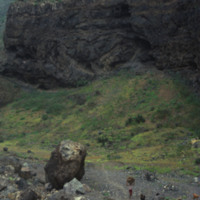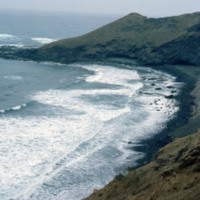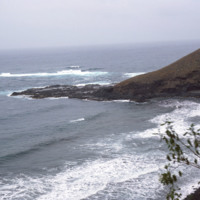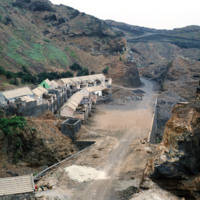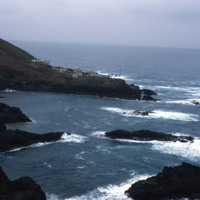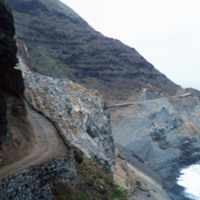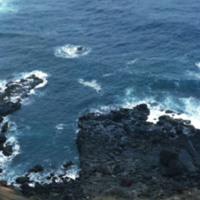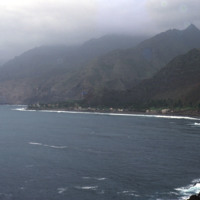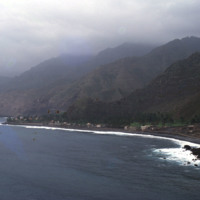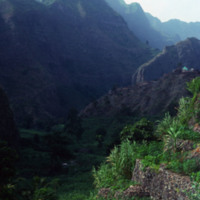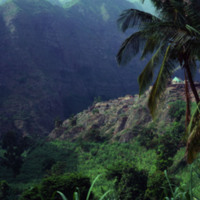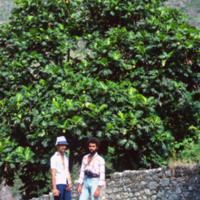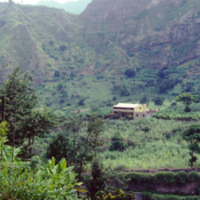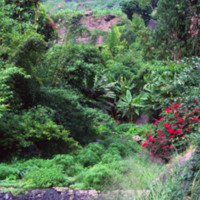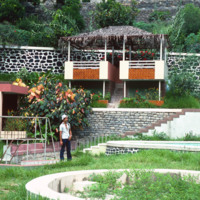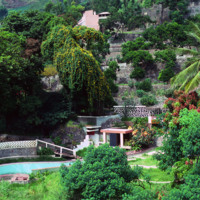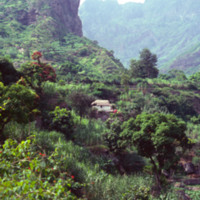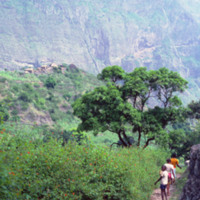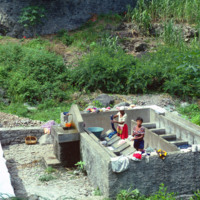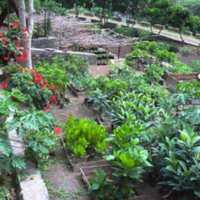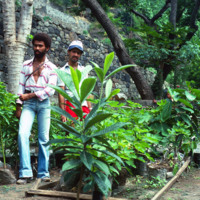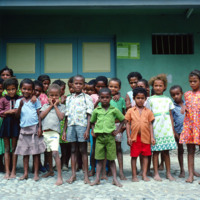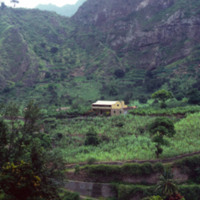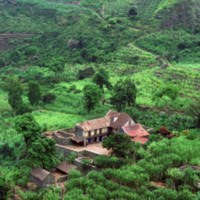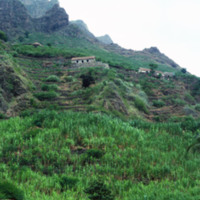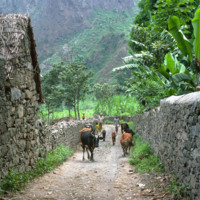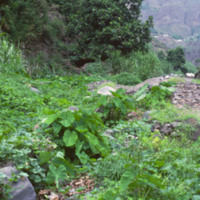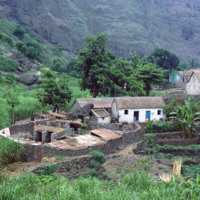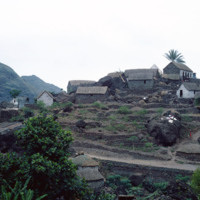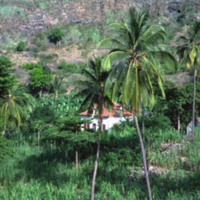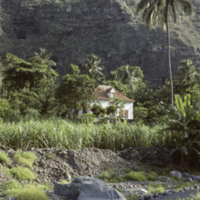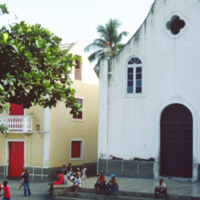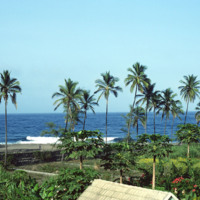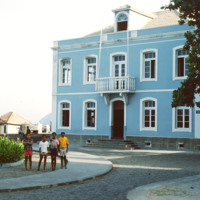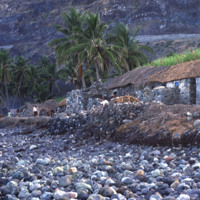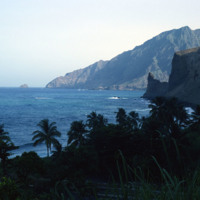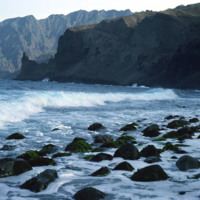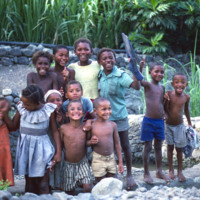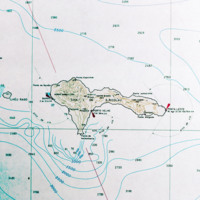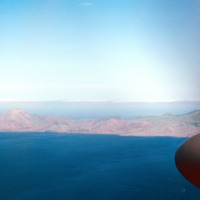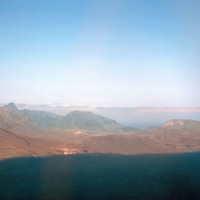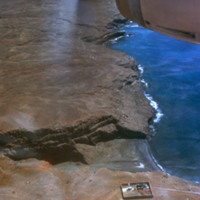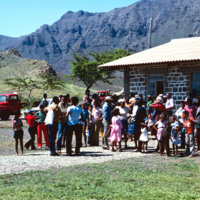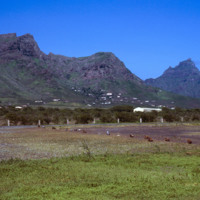Browse Items (657 total)
- Collection: Baxter Collection of Images of Cape Verde
Unimproved road to Paùl
Tags: cape verde, mountains, Paùl, roads, Santo Antão
Road to Paúl
Tags: coast, Paùl, roads, Santo Antão, shore, transportation, waterfront
Santo Antão: Northeastern Coast
Tags: coastline, Paùl, Santo Antão, surf, waterfront
Northeast Coast of Santo Antão
Tags: coast, Paùl, Santo Antão, shore, surf
Village on road to Paùl
Tags: dwelling, garden, landscape, livestock, rural, Santo Antão, Village Life
Road to Pàul
Tags: cloister, convent, Monastery, religion, Santo Antão
Westbound road towards Paùl
Tags: coast, coastal road, dirt road, mountains, Santo Antão
Volcanic rock inlet along the road to Paùl
Tags: Atlantic ocean, fisherman, inlet, Road to Paùl, Santo Antão, volcanic rock
Mountains rising from the sea above a village into the fog
Tags: coastal village, fog, mountains, Road to Paùl, Santo Antão, seaside, volcanic rock
Seaside village with foggy mountains rising above
Tags: coastal village, fog, mountains, Road to Paùl, Santo Antão, seaside, volcanic rock
Peaks along the Ribeira do Paùl
Mountain Peaks, Ribeira do Paùl
Tags: lush, mountains, Ribeira do Paúl, river basin, Santo Antão, village
Men, Cobblestone Road, in Ribiera do Paùl
Tags: cobblestone, farmers, Ribiera do Paùl, Santo Antão, stonewall
Sugar Cane Estate
Tags: estate, farming, Paùl, Santo Antão, sugar cane
Paùl's Landscape
Tags: Santo Antão
Man in courtyard of farm compound
Tags: courtyard, Santo Antão
Homes rising with the mountains
Stone cottage in the mountains
Tags: Santo Antão, stone cottage, stonework, thatched roof
Rural Scene at Ribeira de Paùl
A day in the life
Tags: climate, Ribeira de Paùl, Santo Antão, valleys
Laundry day
Tags: launder, laundry, Ribeira de Paùl, rural, Santo Antão, water fountain
Cassava plant nursery
Terraced garden along the Ribeira do Paùl
Tags: agriculture, farming, garden, Ribeira do Paúl, Santo Antão, terraced garden, valley, village
Cassava farmers in the Ribeira do Paùl
Children in Ribeira do Paùl
Tags: children, Ribiera do Paùl, Santo Antão, school, schoolhouse, schoolroom
Agricultural homestead along the Ribeira do Paùl
Farmstead in Ribeira do Paùl
Cliffside living
Street View in Paùl
Tags: animals, livestock, mountain life, Paùl, Ribeira de Paùl, Santo Antão
Hillside living
Tags: estate, farming, livestock, Ribeira de Paùl, Santo Antão, village
Village of the mountains
Tags: Paùl, poverty, Ribeira de Paùl, Santo Antão, soil conservation, Terracing
Home of John Peter Santos
Church
Tags: church, Paùl, Protestant, religion, Roman Catholic, Santo Antão
Village by the sea
Tags: coastline, palm tree, Paùl, Santo Antão, village
English colonial architecture in Paùl
Tags: architecture, colonial, English, Santo Antão, sobrado, stone courtyard
Traditional stone cottages
Tags: cottage, Ribeira de Paùl, Santo Antoão, stonework, thatched roof
Mountains and cliffs descending to the Atlantic Ocean
Tags: cliffs, mountains, Paùl, Santo Antoão
Rocky Coastline in Ribeira de Paùl
Tags: cliffs, mountains, Ribeira de Paùl, rocky coastline, Santo Antão
Children on a farm in Paùl
Tags: children, farm, irrigation, Paùl, Santo Antão, stone wall, stonework
Map of São Nicolau
Tags: barlovento, map, São Nicolau, windward
Coastline of São Nicolau
Tags: coast, mountains, São Nicolau
Coastline of São Nicolau
Tags: coast, mountains, São Nicolau
Mountains and coast of São Nicolau
Tags: coast, mountains, São Nicolau
Inlet into a rock and dry coastline
Tags: cove, inlet, São Nicolau
Dilapidated stone structure in a valley
Tags: airport, mountains, Ribeira Brava, São Nicolau, stonework
Airport building at Ribiera Brava
Tags: airport, buildings, crowds, Ribiera Brava, São Nicolau, transportation
Airport runways at Ribiera Brava
Tags: airport, landing strips, ribiera, Ribiera Brava, São Nicolau
